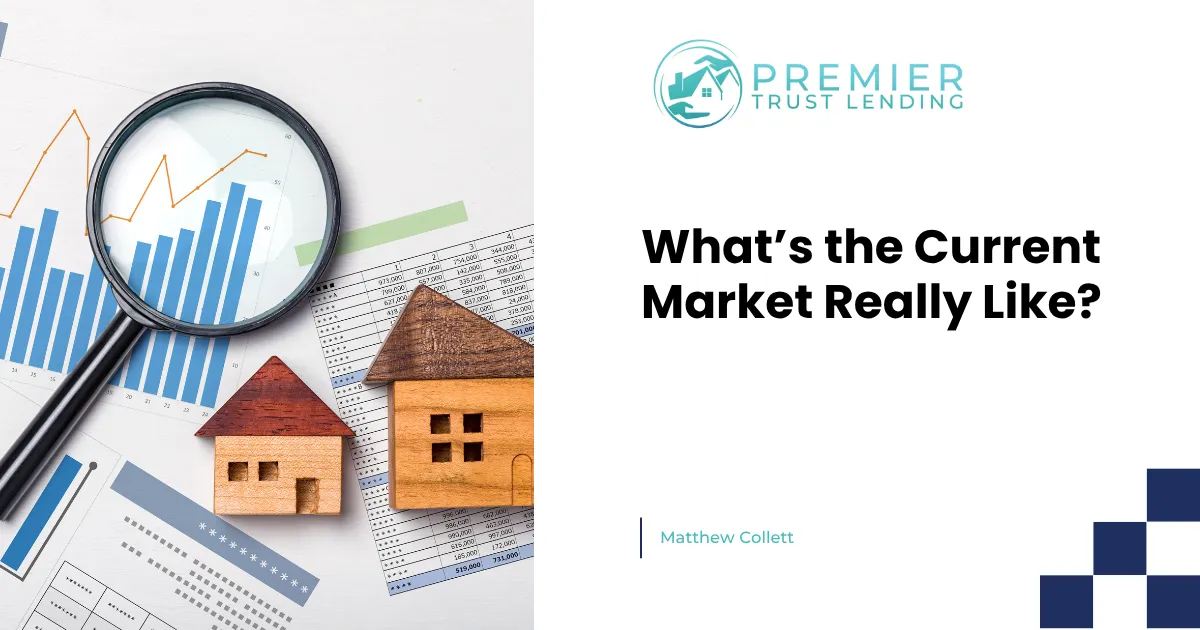
U.S. Housing Inventory and Pricing Landscape: What Mortgage Seekers Need to Know
A Shift Toward Buyer-Friendly Conditions
In mid-2025, the U.S. housing market has begun a gradual rebalancing. Inventory levels are on the rise as sellers navigate affordability challenges and high mortgage rates. This shift is giving buyers more negotiating power—especially in markets with lingering supply surpluses.
Elevated Inventory, More Choices
Housing inventory has surged approximately 17% year-over-year, with around 1.36 million active listings in June 2025—the highest since late 2019. Zillow forecasts a continued recovery toward pre‑pandemic inventory norms by year’s end.
It’s not just numbers—it’s leverage. As of June, 26.6% of listings saw price cuts—a record for June since data tracking began in 2018. Many sellers initially overestimate their home’s value; in May, about 40% of homes sold below asking price and one-third required reductions.
Price Trends: Growth Decelerates
National home price growth has slowed dramatically. May 2025 saw just 1.8% year-over-year growth, compared to over 5% the previous year. Real home prices are effectively declining—April-May gains were modest at just 0.3%, roughly half the typical increase.
There are market microclimates at play. Some areas—such as Florida, Texas, Hawaii, and Washington, D.C.—recorded negative price growth in May. New homes, in particular, are now cheaper than existing homes, with new-home median prices around $401,800 (about 5% below May), while existing homes averaged $435,300.
Sales Activity: Soft and Uneven
Existing‑home sales dipped 2.7% in June, with pending home contracts falling 0.8%. Confirming low activity, pending sales dropped differently by region: up slightly in the Northeast, down across the Midwest, South, and West. Newly pending listings declined 4.9% month‑over‑month, though still slightly up year-over-year.
Zillow forecasts a modest rebound in total existing-home sales, expecting about 4.16 million units in 2025—a 2.5% improvement over last year.
Mortgage Rates Still High, But Stabilizing
Mortgage rates remain elevated—hovering in the mid‑6% to near‑7% range. As of late July 2025, 30-year fixed rates were down slightly from highs, at approximately 6.75%. Economists expect rates to remain near 6.4% by year-end, perhaps reaching 6.0% in 2026.
High rates and persistent home prices continue to weigh on affordability, especially for first-time buyers. Many homeowners are staying put to retain low mortgage rates, further constraining inventory.
Key Drivers: Investors, Builders & Federal Legislation
The inventory uptick partly stems from builders facing rising stocks of unsold homes—reaching levels not seen since before the 2008 financial crisis—and responding with price cuts and smaller floor plans designed for affordability.
Investor activity is also reshaping the market. In early 2025, investors accounted for around 30% of all single-family home purchases, the highest share in 14 years. Notably, small-time investors, owning under 100 homes each, now represent roughly 25% of purchases, whereas large institutions only about 5%.
On the policy front, Congress is advancing the ROAD to Housing Act of 2025, bipartisan legislation aimed at reducing regulatory barriers like restrictive zoning and modernizing land-use guidelines to alleviate the affordable housing crisis.
In Summary
Inventory is rising, offering buyers more choice and negotiating leverage.
Price growth has slowed—real home prices are easing in many markets.
Sales volume remains soft, though slight improvements expected later in the year.
Mortgage rates are still high and paired with high ownership costs, limiting affordability.
Investors and builders are active drivers, shaping supply and market dynamics.
Policy efforts are underway to address long-standing housing shortages.
Sources
Axios – https://www.axios.com
MarketWatch – https://www.marketwatch.com
Financial Times – https://www.ft.com
Business Insider – https://www.businessinsider.com
Zillow – https://www.zillow.com


